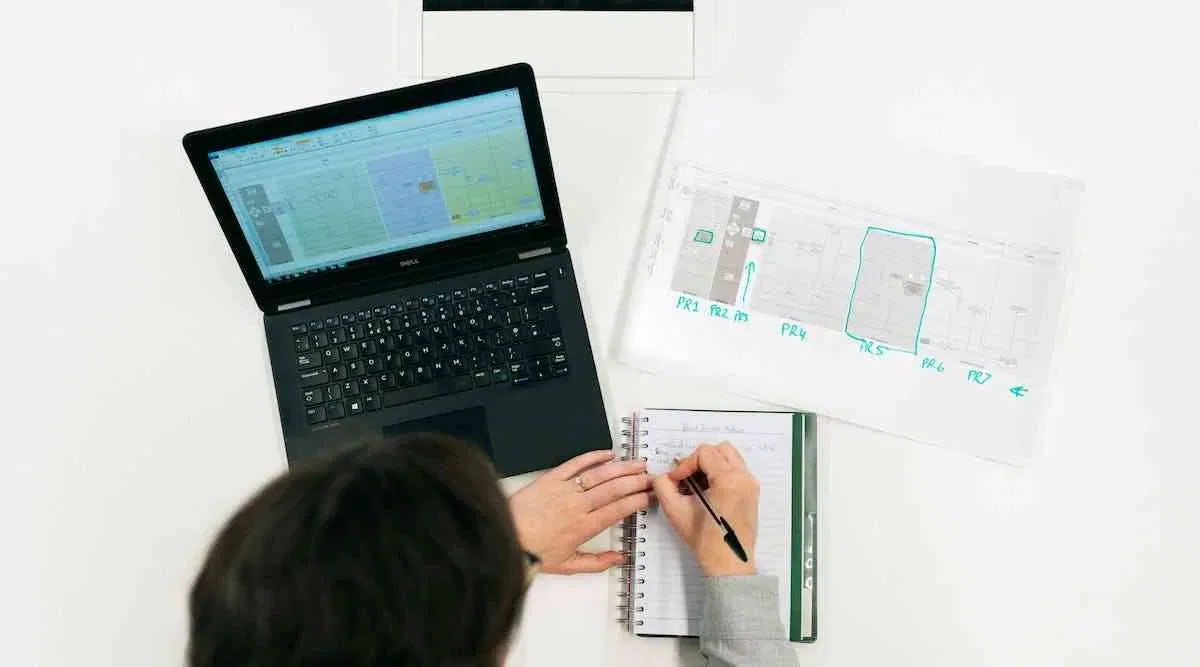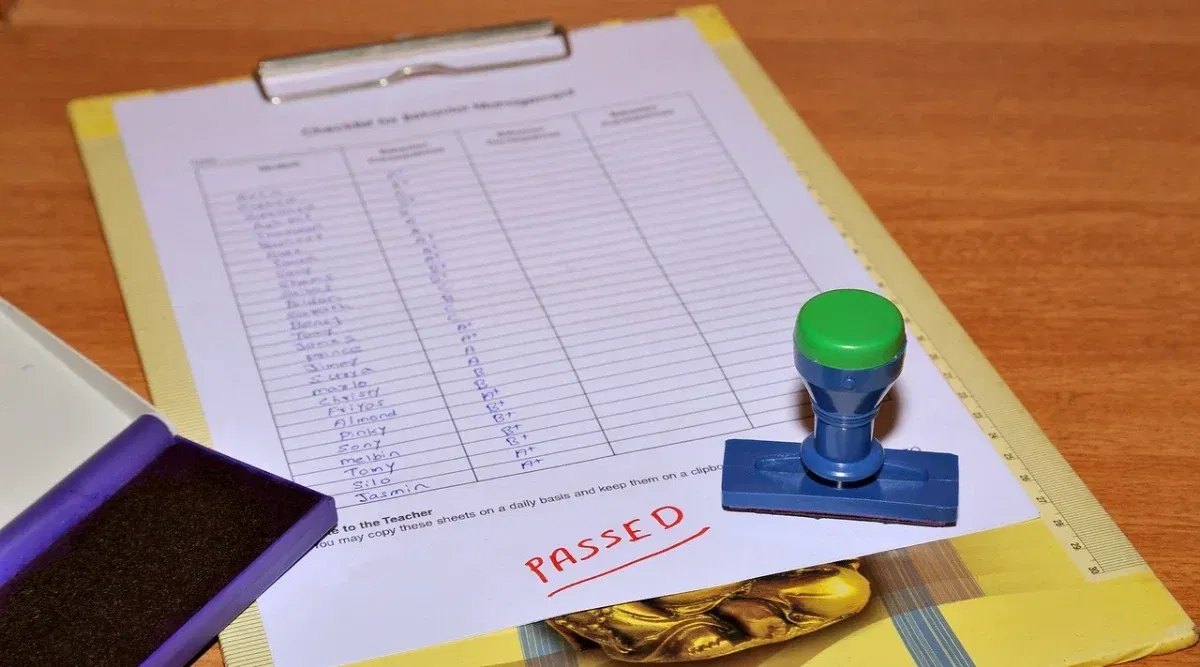Successfully cracking OET demands to cross certain steps; one such is reading. Hence, learn how to clear the reading from the OET reading tips mentioned in the article below.
Table of Contents
Going to appear for OET? Worried about the preparation? The OET is categorically separated into four parts. Therefore, it is vital to grab the knowledge of the OET reading tips to achieve higher marks. Further, the time limit for each of the sections vary. Besides, the Occupational English Test (OET) is organised for admissions into various healthcare professions in countries such as Australia, Canada, Ireland, Maldives, Malta, Namibia, New Zealand, Philippines, Qatar, Spain, Singapore, U.K., United Arab Emirates, U.S.A., and Ukraine.
Additionally, the OET reading is subdivided into three parts; A, B, and C. Therefore, OET tips for reading can comprehend new reading tactics. Scoring well in this part is essential, as are the rest of the parts like writing, speaking, and listening.
OET Reading Tips
As mentioned earlier, the OET reading section has sub-parts, and the time to finish the entire exam is limited. Hence, the candidates must divide their time judiciously into each sub-parts. Part A is considered manageable, and the difficulty level increases gradually in Part B and C.
However, it is necessary to learn and understand the approaches to solve each part. Therefore, a few tips to attempt the exam is devised below.
OET Reading Tips - Part A
Part A is 'Summary Completion Task'. Here the candidates have to fill in the gaps in the summary with appropriate texts/ words/ or minor sentences. Some additional tips to solve OET reading Part A are bulleted underneath:
- Candidates are suggested to study the topic immediately as they get the topic. Clearly understand and assess the topic. However, devoting 30 seconds to understanding the topic is considered enough. Spending more time than is unnecessary.
- Candidates will receive various kinds of texts under the same topic. Nevertheless, they are restricted to abstract, statistics, definitions, short case studies, questions and answers. Additionally, there can be 3, 4 or in between 4-5 small pieces of texts. Thus, derive a common idea when reading the topic, get a customary idea, recognise the keywords, headings and subheadings.
- Furthermore, the use of synonyms or equivalent words is allowed. However, remember that the definition of the sentence/ passage does not get altered. Any word that is nearly parallel to the original sentence will work as a substitute.
- Besides, remember that the time is restricted. Therefore, do not wait to complete one gap and think and decide the other. Try to be precise.
- Lastly, be quick. The time allotted for 20 gaps is just 15 minutes.
OET Reading Tips - Part B
As the candidates advance to Part B of the reading section, the difficulty level escalates. Some OET part Breading tips are mentioned below:
- Firstly, this part assesses the candidate's understanding to distinguish the details, gists, or prominent points of six short paragraphs/ texts from the healthcare work environment.
- Furthermore, the passages are replicas from policy documents, hospital guidelines, hospital manuals or internal communications, such as emails or memos.
- Additionally, attentively study the questions and search for the keywords in the passage.
- Generally, the answer to the first question is hidden in the first paragraph of the passage. Without wasting any time, search for it and construct the answer.
- However, it is constantly mentioned not to get confused while reading the passage. Sometimes the keyword at the beginning of the passage can be confusing. Therefore, give a quick read through the passage.
- Furthermore, if the keyword is not found at the beginning of the passage, always look for an alternative word with the same meaning.
OET Reading Tips - Part C
Part C assesses the candidate's capability to recognise specified purpose and view in two texts on topics of concern to healthcare professionals (800 words each). For each test, candidates are expected to answer eight four-option MCQs. Some of the additional OET reading part C tips are listed below:
- Read the entire passage carefully, scan for the keywords. If the keywords are not found, look for alternative words.
- Hold a reliable understanding and grip over medical terms, as such vocabulary. The passage may have exact medical terms from medical technology or medicine.
- Additionally, reading medical news, journals, medical reports can be advantageous for high scoring in the marks.
- However, it is continually reminded not to engage the entire time on one topic. Part B and Part C come as a combined form. Therefore, there will be nearly 22 questions from both parts to be finished within 45 minutes.
How is OET Reading Assessed?
The OET tips for reading are already shared above. To obtain great marks in the examination and arrive at an excellent performance, here are the guidelines on which the exam is marked:
- Part A is considered to be a prompt reading task. It tests the capability to speedily scan and look at various lines on a given topic to discover precise information.
- Therefore, Part A is rigorously clocked, and 20 questions must be answered within 15 minutes. Further, to finish the task, candidates must understand the rules of various medical text types and the portrayal of numerical and textual information.
- OET part B reading tips always mention understanding the topic. Furthermore, it assesses the candidate's strength to know the detail, substance or central purpose of complicated texts generally found in healthcare. To accomplish the task, candidate's will require to recognise particular ideas at the sentence level.
- OET part C evaluates the candidate's ability to recognise the exact or intended meaning and the attitude or view presented in a longer text. To finish the task, candidates have to distinguish the connection among concepts at sentence and paragraph levels. Besides, it tests the candidate's capability to understand complex sentences.
- Finally, the assessors who evaluate the Reading sub-test are highly qualified and profoundly trained. Candidate replies are judged upon an authenticated marking guideline. The problematic or unexpected answers are transferred to a sub-group of senior assessors for direction during the marking session.


























POST YOUR COMMENT